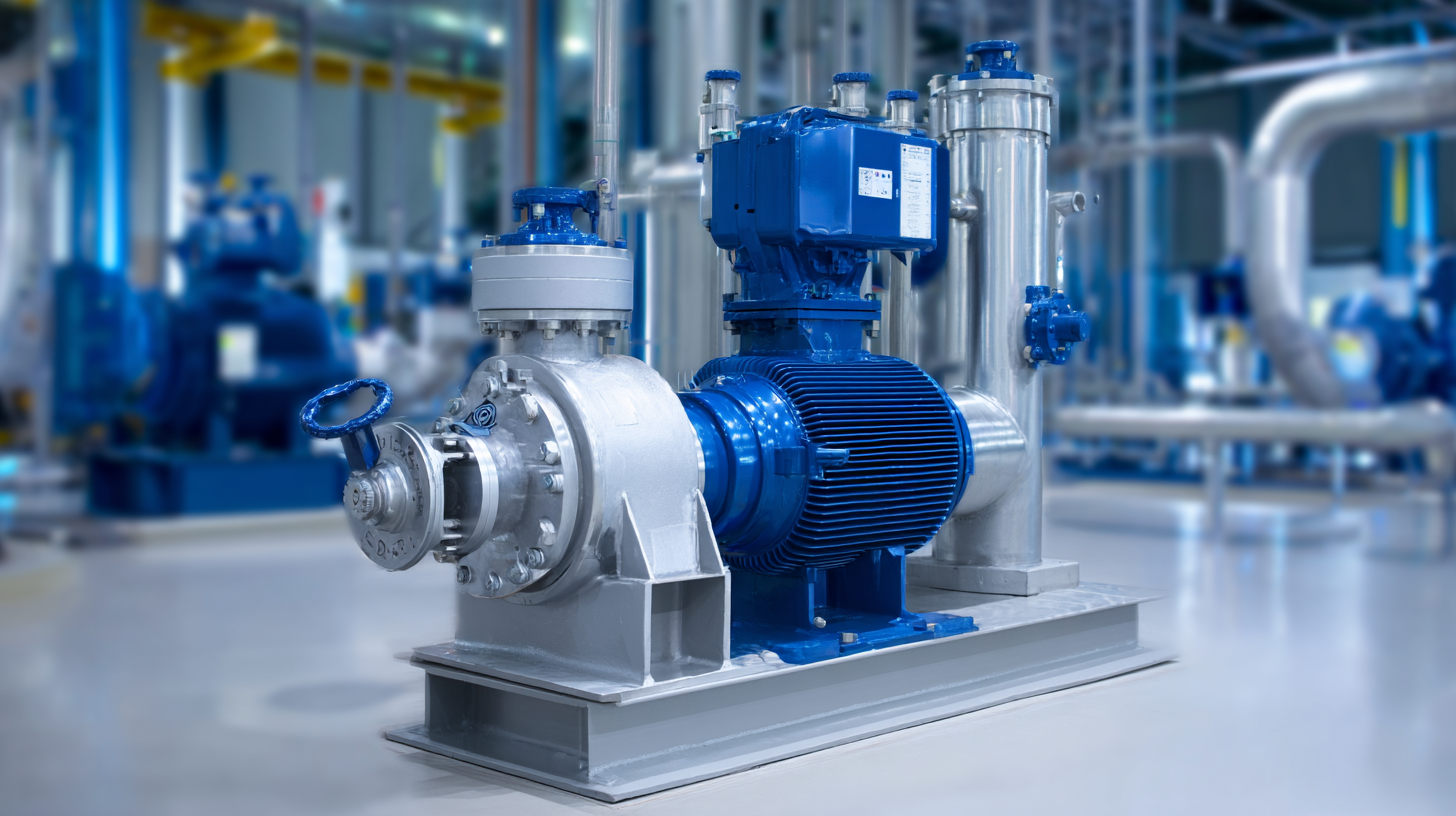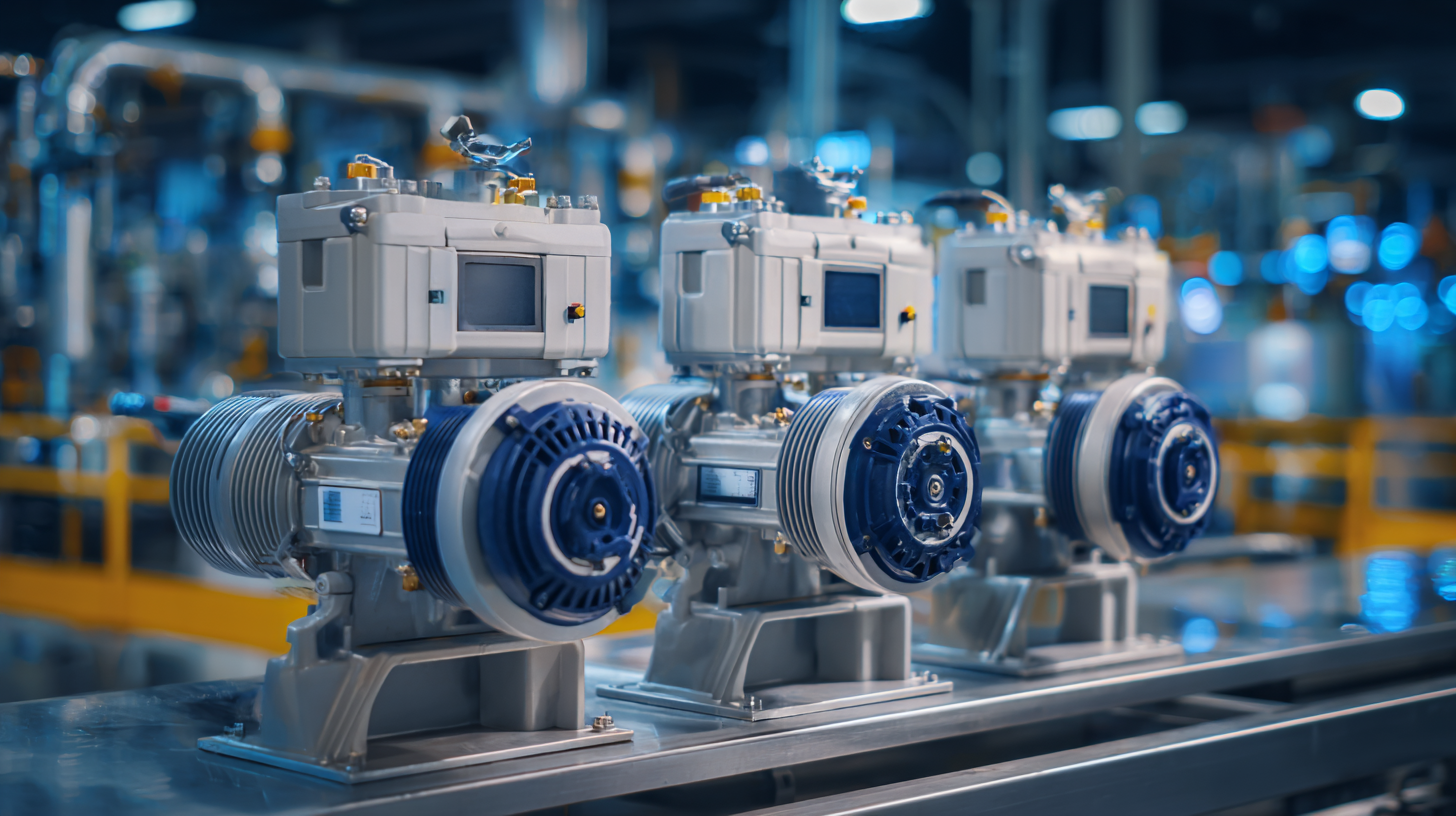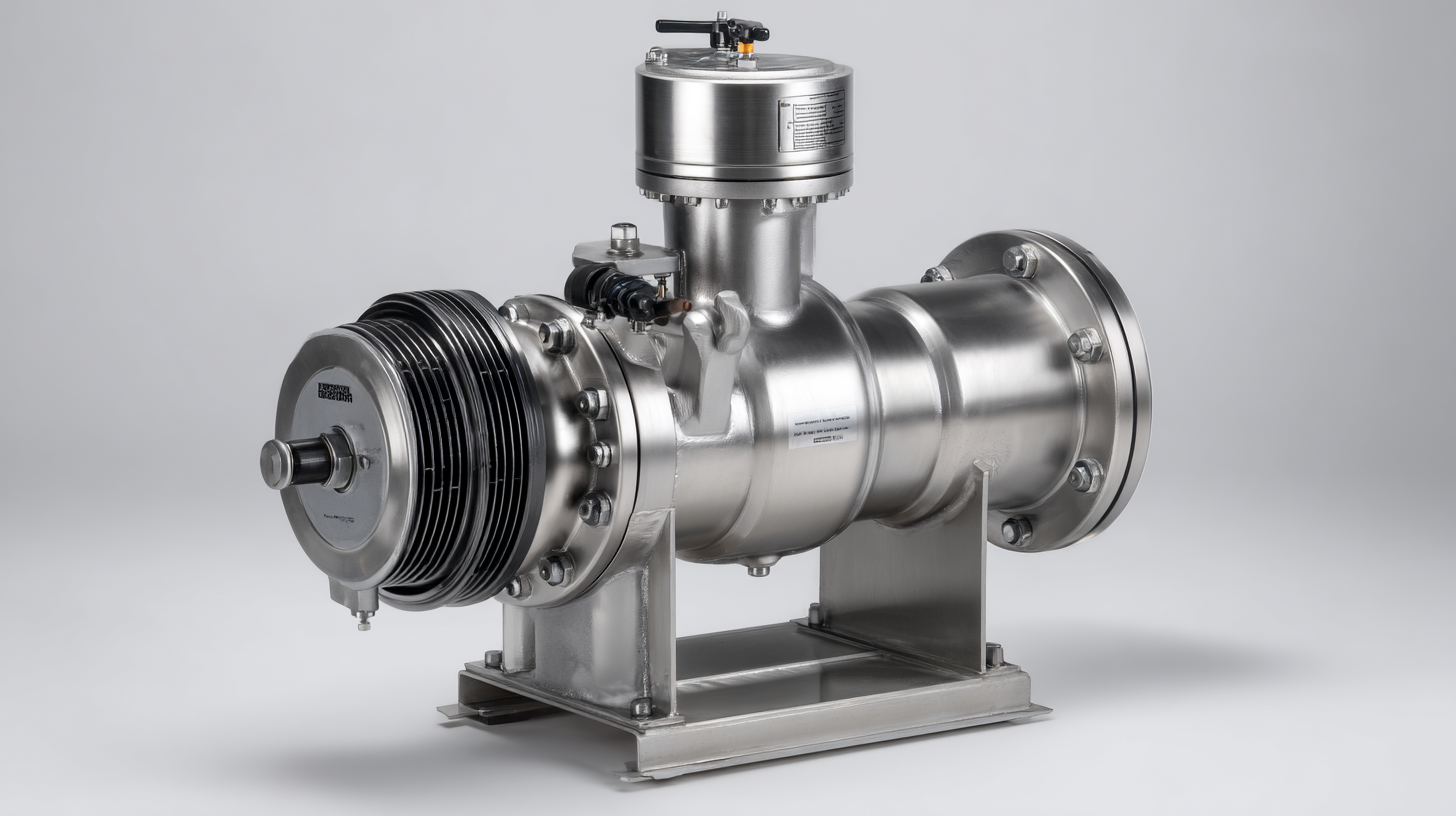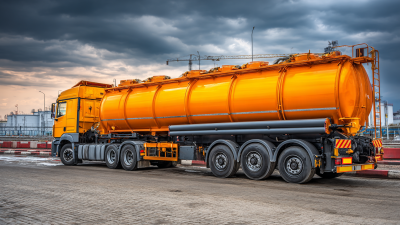How to Choose the Right Chemical Pump for Your Industry Needs
In today's rapidly evolving industrial landscape, the selection of the right chemical pump is paramount for ensuring efficiency and safety across a variety of applications. According to a recent report by the Global Chemical Pump Market Research, the industry is projected to reach USD 6 billion by 2026, with a compound annual growth rate (CAGR) of 5.5% from 2021 to 2026. This growth underscores the critical importance of choosing pumps that not only meet specific operational demands but also comply with safety and environmental regulations. An optimized chemical pump can significantly reduce operational costs, enhance productivity, and mitigate risks associated with hazardous materials. As industries increasingly adopt advanced technologies, understanding the nuances of different pump types, materials, and capabilities becomes essential in making informed decisions that align with both current and future needs.

Understanding Different Types of Chemical Pumps and Their Applications
When selecting a chemical pump for your industry needs, it’s crucial to understand the various types available and their specific applications. According to a recent report by the Global Chemical Pump Market, the industry is expected to reach $10 billion by 2025, driven by the increasing demand for efficient transport of chemicals across sectors such as petrochemicals, water treatment, and pharmaceuticals. Among the most widely used types are diaphragm pumps, peristaltic pumps, and gear pumps, each suited for different tasks depending on the properties of the chemicals being handled.
Diaphragm pumps are particularly favored for their ability to handle corrosive and abrasive fluids safely. They operate without any mechanical seals, which minimizes leaks and contamination—a vital feature in industries dealing with hazardous materials. Peristaltic pumps, on the other hand, are ideal for sterile applications and are extensively used in pharmaceutical manufacturing, where maintaining purity is essential. A report from MarketsandMarkets highlights that peristaltic pumps are expected to grow at a CAGR of 5.3% between 2020 and 2025 due to their growing application in medical devices and food processing. Understanding the strengths and ideal use cases of these chemical pumps is essential for optimizing operations and ensuring safety across various industries.
How to Choose the Right Chemical Pump for Your Industry Needs
| Pump Type | Applications | Advantages | Limitations |
|---|---|---|---|
| Centrifugal Pump | Water treatment, chemical processing | High flow rates, low maintenance | Not suitable for viscous liquids |
| Diaphragm Pump | Pharmaceuticals, food and beverage | Self-priming, excellent for dosing | Limited flow rate and pressure |
| Gear Pump | Oil and fuel transfer, inks | High efficiency, good for viscous liquids | Prone to wear and tear |
| Peristaltic Pump | Chemical transfer, medical applications | Handles slurries, easy to clean | Lower flow rates compared to others |
| Submersible Pump | Wastewater management, mining | Ideal for deep well pumping | Can overheat in low water levels |
Key Factors to Consider When Selecting a Chemical Pump
 When selecting a chemical pump for your industrial needs, several key factors come into play to ensure optimal performance and safety. First and foremost, it is essential to identify the type of chemicals being handled. Different materials have varied chemical properties that can influence pump compatibility. For instance, if you are dealing with corrosive substances, a pump constructed from chemically resistant materials such as titanium or glass-lined stainless steel may be necessary to prevent degradation and ensure longevity.
When selecting a chemical pump for your industrial needs, several key factors come into play to ensure optimal performance and safety. First and foremost, it is essential to identify the type of chemicals being handled. Different materials have varied chemical properties that can influence pump compatibility. For instance, if you are dealing with corrosive substances, a pump constructed from chemically resistant materials such as titanium or glass-lined stainless steel may be necessary to prevent degradation and ensure longevity.
Another critical aspect to consider is the required flow rate and pressure. Understanding the specific needs of your application helps in selecting a pump that delivers the appropriate volume within the correct pressure range. If your operation involves high viscosity liquids, you might require a pump designed for heavy-duty tasks, such as gear or diaphragm pumps, which can efficiently move thicker fluids without compromising performance.
Lastly, consider the operational environment where the pump will be installed. Factors such as ambient temperature, humidity levels, and the presence of potential hazards should influence your choice. Additionally, look for features like ease of maintenance and energy efficiency, as these will contribute to lower operational costs over time. By taking these factors into account, you can make an informed decision that meets your industry's specific requirements effectively.
Evaluating the Compatibility of Materials with Your Chemicals
When selecting a chemical pump for your industry needs, evaluating the compatibility of materials with your chemicals is crucial. Different chemicals can react with various materials, leading to degradation, leaks, or equipment failure. Therefore, it's essential to understand the chemical properties of the substances you'll be handling.
Tip: Always consult the manufacturer's compatibility charts, as they provide critical information about which materials are suitable for specific chemicals.
For example, while stainless steel may be suitable for many acids, it may not be appropriate for strong oxidizers.
Another key aspect to consider is the operating environment. High temperatures or corrosive conditions can influence the material's performance and longevity. Selecting materials that can withstand these conditions will enhance the pump's reliability and reduce maintenance costs.
Tip: Consider using pumps with components made from engineered plastics or special alloys designed for aggressive chemicals. This can significantly extend the life of your equipment and minimize downtime. By carefully evaluating material compatibility, you can ensure optimal performance and safety in your operations.
Determining Flow Rate and Pressure Requirements for Your Process
When selecting a chemical pump for your industry needs, understanding the flow rate and pressure requirements of your specific process is imperative. Flow rate, typically measured in gallons per minute (GPM) or liters per minute (LPM), indicates how quickly a chemical needs to be transferred from one location to another. Different processes have varied flow requirements; for instance, a high-volume manufacturing line may necessitate a significantly higher flow rate compared to a precise laboratory application. Assessing your system's flow needs helps ensure that your pump will operate efficiently without causing bottlenecks or structural stress.

In addition to flow rate, pressure requirements play a crucial role in pump selection. The pressure needed for your process determines the pump's design and capabilities. High-pressure applications might require pumps with specialized materials to withstand corrosive elements or increased stress. It's essential to consider both the maximum and minimum pressure your system operates under to avoid pump failure or inadequate performance. By taking into account these critical factors of flow rate and pressure, you can make an informed decision when choosing a chemical pump that is reliable and suited to your industry’s specific requirements.
Maintenance and Operational Considerations for Long-term Pump Performance
When selecting a chemical pump, maintenance and operational considerations play a crucial role in ensuring long-term pump performance. According to a report by the Chemical Engineering Magazine, approximately 20% of all industrial pumps fail prematurely due to improper maintenance practices. Regular maintenance, including routine inspections and preventive measures, is essential for extending the lifespan of chemical pumps and minimizing downtime.
Operational considerations are equally important. The Hydraulic Institute suggests that optimizing pump performance can lead to energy savings of up to 30%, which is significant given that pumps account for nearly 25% of the world's electricity consumption in industrial applications. Factors such as the viscosity of the chemicals, flow rate requirements, and compatibility with the materials of construction should all be taken into account to ensure optimum performance and efficiency. By focusing on both maintenance and operational aspects, industries can achieve a reliable chemical transport system that meets their specific needs while reducing costs over time.
Performance Comparison of Different Chemical Pumps
Related Posts
-

How to Select the Right Chemical Pump for Your Industrial Needs
-

Ultimate Guide to Sourcing High Quality Diesel Tanks for Your Business Needs
-

Progressive Cavity Pumps Exposed: A Comprehensive Comparison of Efficiency and Cost-Effectiveness
-

Understanding the Benefits of Using Above Ground Diesel Storage Tanks in Various Industries
-

Unlocking Efficiency and Cost Savings with Advanced Fuel Transfer Pump Solutions
-

How to Choose the Right Diesel Tank for Your Business Needs Based on Industry Standards